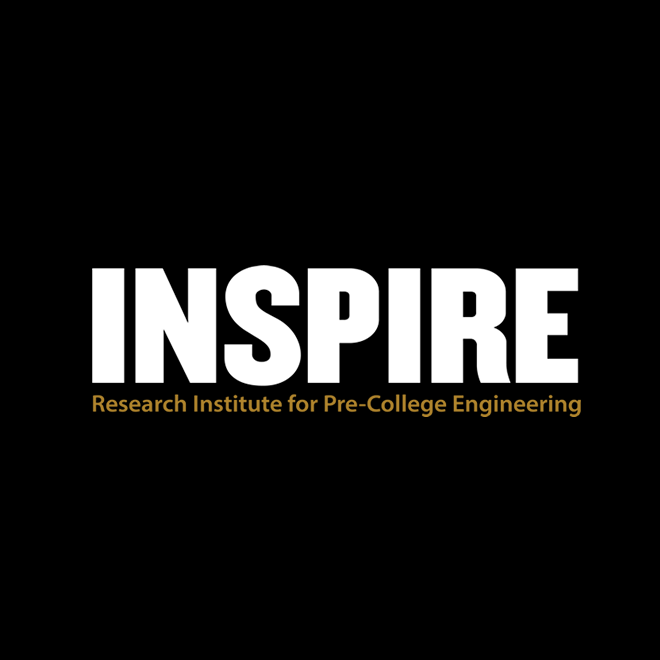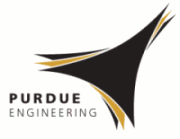Abstract
This study examined different approaches to integrating engineering practices in science, technology, engineering, and mathematics (STEM) curriculum units. These various approaches were correlated with student outcomes on engineering assessment items. There are numerous reform documents in the USA and around the world that emphasize the need to incorporate engineering into science education. The authors of this study contend that different approaches to integrating engineering in STEM units correlate to larger student achievement gains in engineering, based on assessment items developed from the Framework for Quality K–12 Engineering Education (Moore, Glancy, Tank, Kersten, & Smith, 2014). The goal of this work is not to establish one singular working definition for how to integrate the disciplines of STEM but rather to focus on characteristics of integrating engineering within STEM curricular units that are associated with higher student achievement gains in engineering for the students involved in this study. The results indicate that when engineering is introduced at the beginning of the unit to provide context for the learning, and revisited throughout the duration of the unit, student achievement gains with engineering assessment items are greater than when engineering is incorporated only at the end of the unit as a design challenge in the form of a culminating project.
Recommended Citation
Crotty, E. A.,
Guzey, S. S.,
Roehrig, G. H.,
Glancy, A. W.,
Ring-Whalen, E. A.,
&
Moore, T. J.
(2017).
Approaches to Integrating Engineering in STEM Units and Student Achievement Gains.
Journal of Pre-College Engineering Education Research (J-PEER), 7(2), Article 1.
https://doi.org/10.7771/2157-9288.1148
Included in
Curriculum and Instruction Commons, Educational Methods Commons, Engineering Education Commons, Science and Mathematics Education Commons


